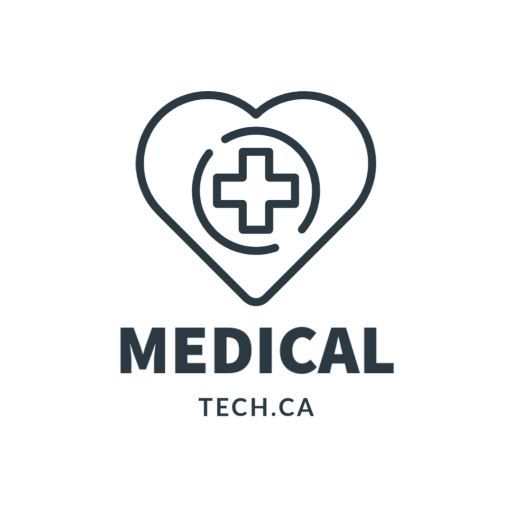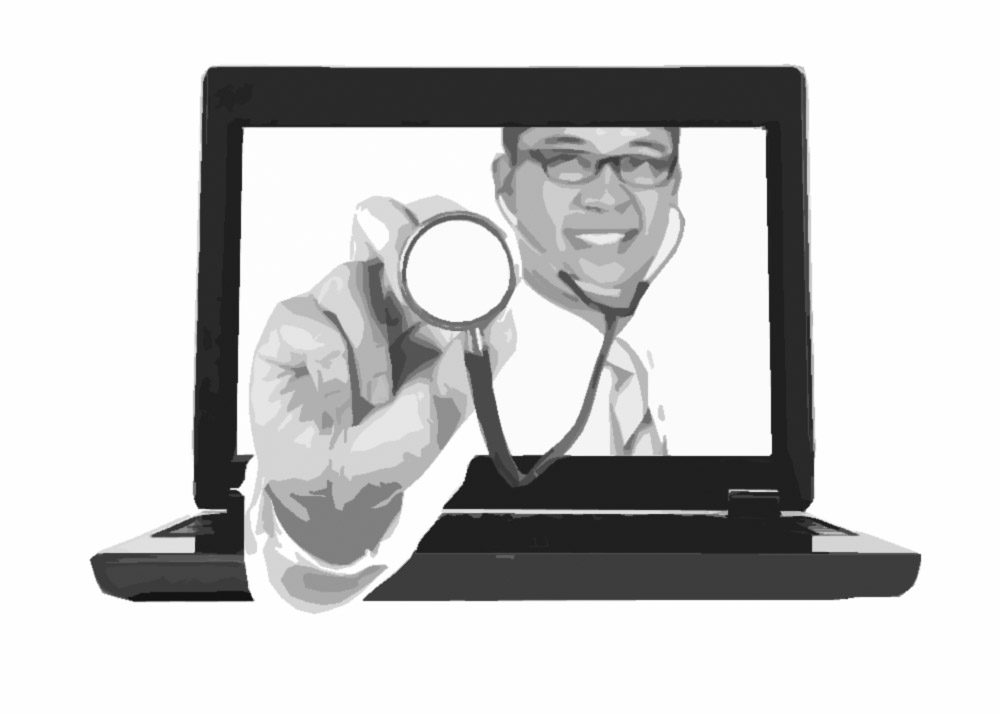
by medicaltechont | Feb 14, 2015 | Canada, Dubai, World
Canadian Specialist Hospital (CSH), one of the leading private sector hospitals in the UAE, has won the topmost rating from Dubai Health Authority (DHA) for progress made in electronic documentation in line with international best practices in integrating information technology for improved patient care.
The DHA evaluation of the level of electronic documentation of medical records in hospitals was based on the internationally accepted Electronic Medical Record Adoption Model (EMRAM). The evaluation process also coincides with Dubai’s ‘Smart City’ initiative, aimed to transform the city into one of the smartest in the world by providing seamless access to various services and utilities across high speed wireless internet.
Electronic Medical Records (EMR) enable hospitals and clinicians to maintain and track data over digital devices to identify and monitor patients for preventive visits, screening and timely intervention. With the paperless system, authorised persons can update data using the Hospital Management System (HIS) anywhere in the hospital so that for doctors, nurses and care-givers have quick and easy access to real-time patient information.
Read more

by medicaltechont | Feb 14, 2015 | Canada, e-Health, EHR, OHIP Billing, Ontario MD, Vendors
Purchasing electronic health record (EHR) systems is a process in which potential buyers and users often seek and assess information about the products in question and compare alternatives. EHR is often a new technology to the people who use it, introducing new ways of performing clinical and administrative tasks. As such, it may be regarded as an innovation. Rogers’ [] diffusion of innovations theory suggests that the process of adopting innovations (the innovation decision process) typically follows five stages: knowledge, persuasion, decision, implementation, and confirmation. Most relevant to this work is the knowledge stage in which adopters learn about the existence of an innovation (awareness knowledge), gain basic knowledge of how to use it (how-to knowledge), and understand the underlying principles behind it (principles knowledge). This is followed by the persuasion stage, in which potential adopters actively seek more information about the innovation, evaluate its characteristics, form positive or negative attitudes toward it, and subsequently adopt (eg, purchase) or reject the innovation at the decision stage.
For EHRs, the adoption decision process involves a planning phase that includes needs assessment, identifying champions, gaining buy-in from stakeholders, workflow analysis, understanding financial issues, and goal setting [,]. This is followed by a system selection phase in which information is sought from various sources including vendors and general consultants[], visits to practices that have installed systems of interest, and product demonstrations [,]. At this stage, according to Lorenzi et al [], “the internet provides a valuable source of information regarding specific EHR system products, capabilities, and the selection process” (p.8). In particular, vendor websites could play an important role in making an adoption decision by creating awareness, providing how-to and principle knowledge, and using various persuasive means to affect potential adopters’ perceptions of EHRs. However, to the best of our knowledge, no systematic efforts have been made to examine whether EHR vendors use their websites to present the information typically gathered in the pre-decision stages of Rogers’ innovation-decision process.
Read more

by medicaltechont | Jan 10, 2015 | e-Health, EHR
Electronic medical records (EMRs) have been in use for many years, and many medical organizations have found them pretty useful. Thanks to rapid advances in the applications of this technology, 2015 will be a little different. For the new year, the importance of electronic medical records mandates their use. Here is why:
EMRs make it easier to analyze medical histories
Being able to effectively analyze a patient’s medical history is critical for making the right decisions. That being said, EMRs make this much easier because of the following benefits:
More accurate diagnosis: Because electronic records provide complete details in legible prose, you can more effectively use them to determine how a patient’s medical history is affecting their current health.
Faster diagnosis: Since EMRs can be accessed with the click of a button — instead of via file requisitions or file cabinet sifting — they allow for quicker diagnosis; this allows you to take care of patients more quickly.
Better treatments: A faster, more accurate diagnosis means better treatments for your patients.
Fewer errors will be present in medical histories: Errors in a patient’s medical history can abound when paperwork gets muddled. EMRs do not face this problem. Hence, there will be fewer errors.
Read more…
by medicaltechont | Jan 3, 2015 | Technology
OntarioMD recently published a survey that shows that physicians in Ontario who are using EMRs are seeing improved patient care and are experiencing better office efficiency. OntarioMD, a subsidiary of the Ontario Medical Association, manages the Province’s EMR Adoption Program on behalf of eHealth Ontario, which oversees and funds the Program.
Among the highlights of the 1,750 physician survey for 2010 are:
- 90% are using EMRs regularly to write and renew prescriptions;
- 90% are regularly receiving and managing lab results electronically, up from 82% in 2008;
- 92% are using their EMRs to enter their encounter notes, eliminating the need for paper records;
- 73% felt they were primarily paperless, up from 60% in 2008.
What about the impact to their practices’ productivity and revenue?
- In 2010, 84% of physicians reported improved or the same revenues, up from 74% in 2008
- In 2010, 79% reported improved or the same productivity, up from 62% in 2008.
Click here to read more.

by medicaltechont | Dec 13, 2014 | Technology
Microsoft Appoints Itself Sheriff of the Internet
“Microsoft contends it seized domains to stop distribution of two widely used malware tools”
It was 7 o’clock in the morning when the knocking on Dan Durrer’s front door woke him up. His dog started barking, and Durrer thought he was getting an early morning package. But when he opened the door, he wasn’t greeted by the FedEx man. He was face-to-face with a process server, a messenger from the courts, who handed him a stack of legal documents—three inches thick. Somewhere in that stack—buried in all the legalese—was the news that Microsoft had taken control of his company, but Durrer didn’t have time to read it. Almost immediately, his pager lit up with messages saying the company’s internet services had stopped working.
For the past 15 years, Durrer has worked as the CEO of a small internet service provider called No-IP. Based on Reno, Nevada, the 16-person company offers a special kind of Domain Name System service, or DNS, for consumers and small businesses, letting them reliably connect to computers whose IP addresses happen to change from time to time. It’s used by geeks obsessed with online security, fretful parents monitoring nanny cams in their toddler’s bedrooms, and retailers who want remote access to their cash registers. But it’s also used by criminals as a way of maintaining malicious networks of hacked computers across the internet, even if the cops try to bring them down.
Read more.
Other articles:





